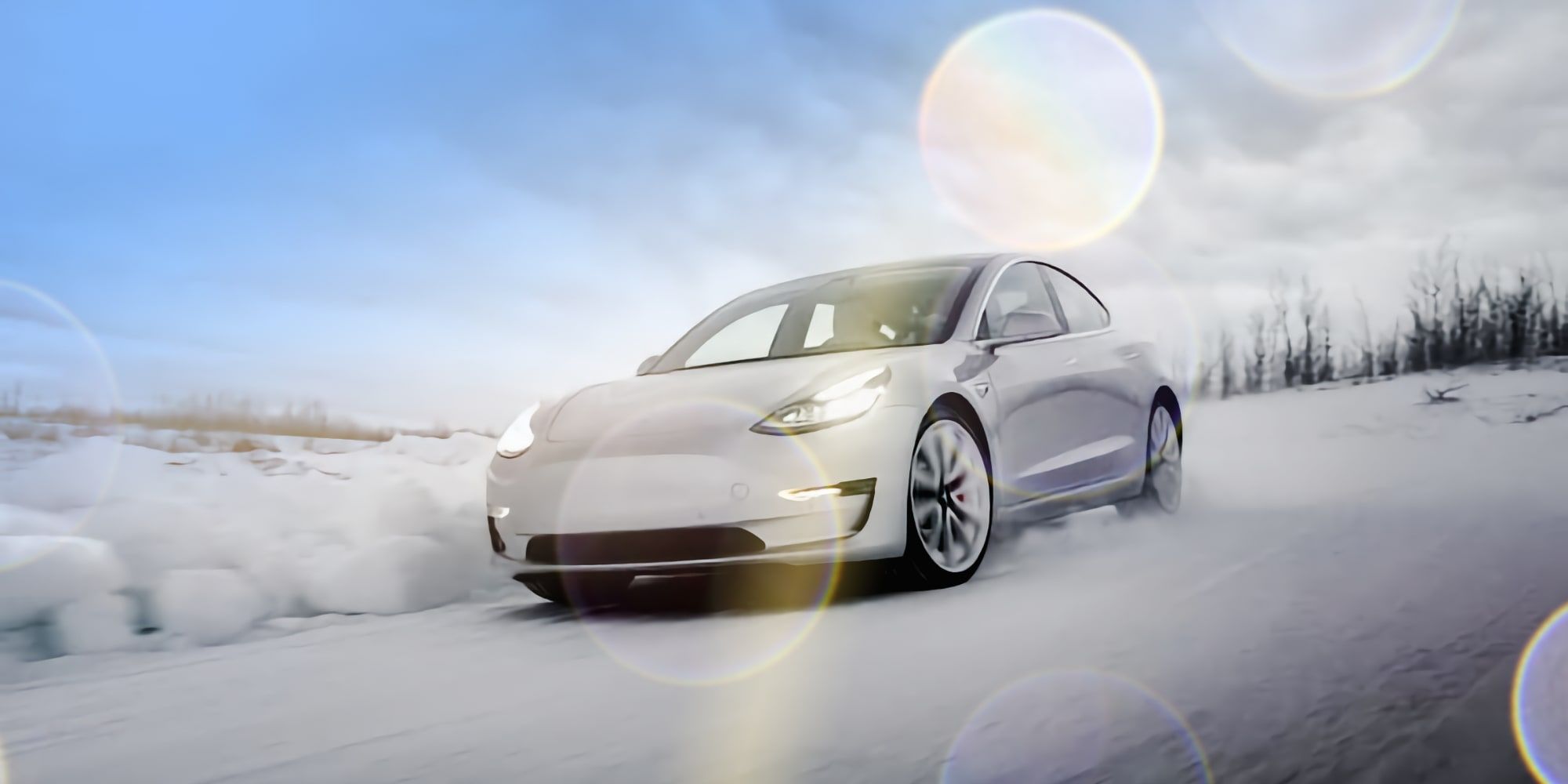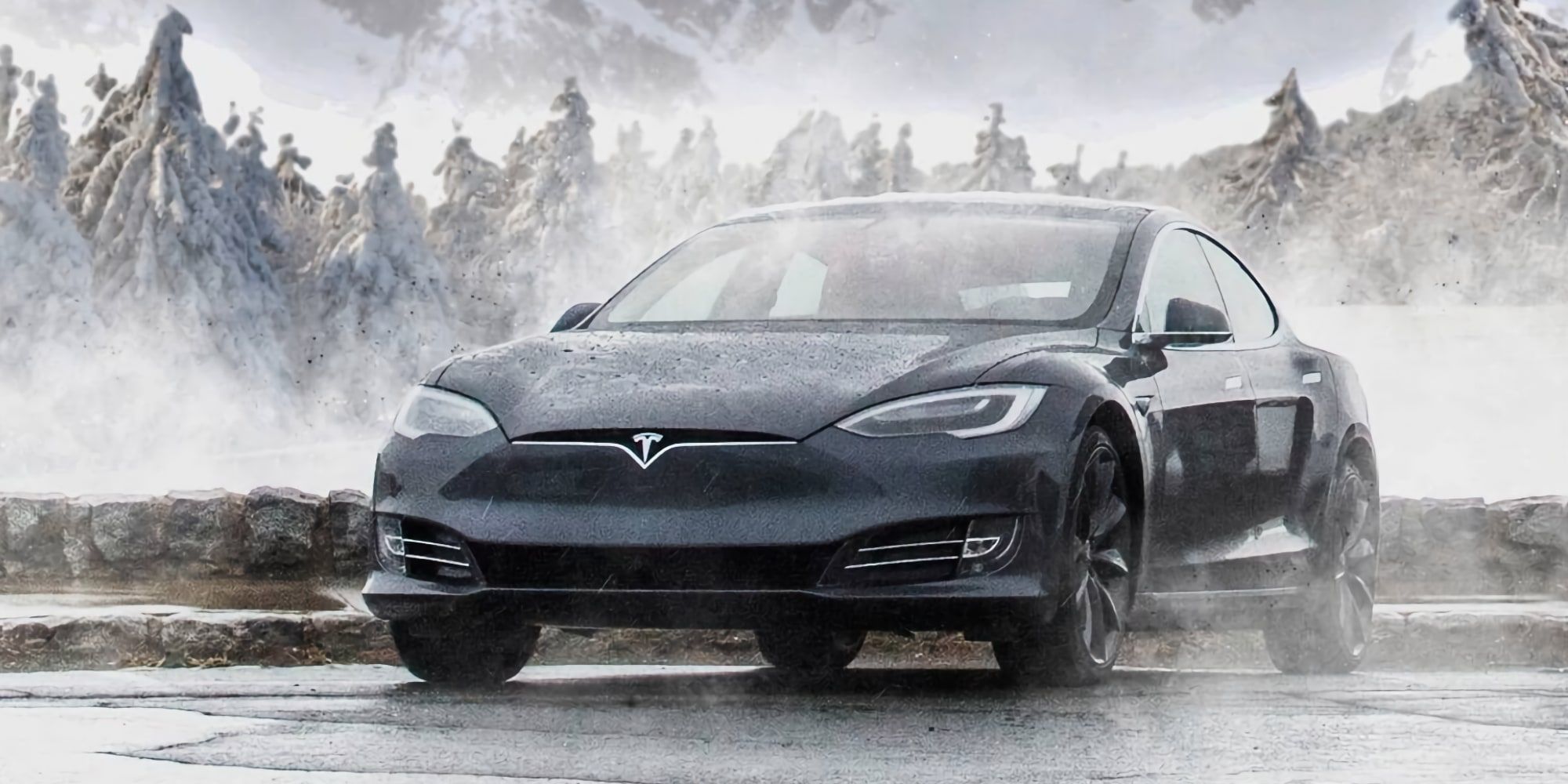The latest Tesla cars come standard with seat warmers, heated steering wheels and advanced cabin heating, but there is a question about how long vehicle warmth could be sustained if stuck in a winter snowstorm. A Tesla Model 3 was put to the test, idling for hours in freezing temperatures to find out how long it could last.
Tesla's newest heating system uses an advanced heat pump design that can capture and move heat from various parts of the car and from the outside air to warm the passenger space. In cold weather, this might sound like an impossible feat but even arctic blasts of air that feel incredibly cold contain a large amount of heat. Scientists know that absolute zero temperature is -460 degrees Fahrenheit. By comparison, a frosty winter night that falls below freezing is still relativity warm in terms of heat pump operation. Older Teslas use the more common resistance heaters, which work well but use more energy.
Big winter storms sometimes lead to vehicles and passengers getting stranded on the highway, in some cases for over 24 hours. This has caused some concern about whether an electric vehicle like a Tesla can keep generating heat to keep passengers warm. While Tesla's electric motors run cool, internal combustion engines which burn gasoline create a series of tiny explosions that make plenty of excess heat. It's also clear that liquid fuel contains more energy than even the best EV batteries. When it comes to whether a Tesla can keep occupants warm for several hours in frigid weather, Car And Driver recently explored this with a thorough test in 15-degree Fahrenheit weather.
Tesla Vs. A Snowstorm
While Car And Driver's Tesla cold-weather challenge didn't take place in a snowstorm, keeping warm inside an electric vehicle has more to do with heater performance, efficiency, and battery capacity. The test pitted a 2019 Tesla Model 3 Long Range against a 2022 Hyundai Sonata N-Line, a similarly priced mid-size sedan that runs on gasoline. Running the Tesla portion of the experiment for 37 hours, the Model 3 had 17-percent of its battery capacity remaining, leading to an estimated 45-hour runtime while idling with the cabin temperature set to 65 degrees. The Hyundai test lasted only 24 hours and used slightly less than half a tank of gas, for an estimated 51.8-hour runtime.
Either car would be fine waiting out even a 24-hour traffic jam during a snowstorm, as long as energy capacity was about half-full. Although this was the long-range model, it used the less efficient heater instead of a newer heat pump. It's always wise to have some extra supplies when traveling during bad weather, but if a problem leaves a Tesla standard in winter conditions, the passengers should be able to keep warm even when stuck for several hours.
Source: Car And Driver


